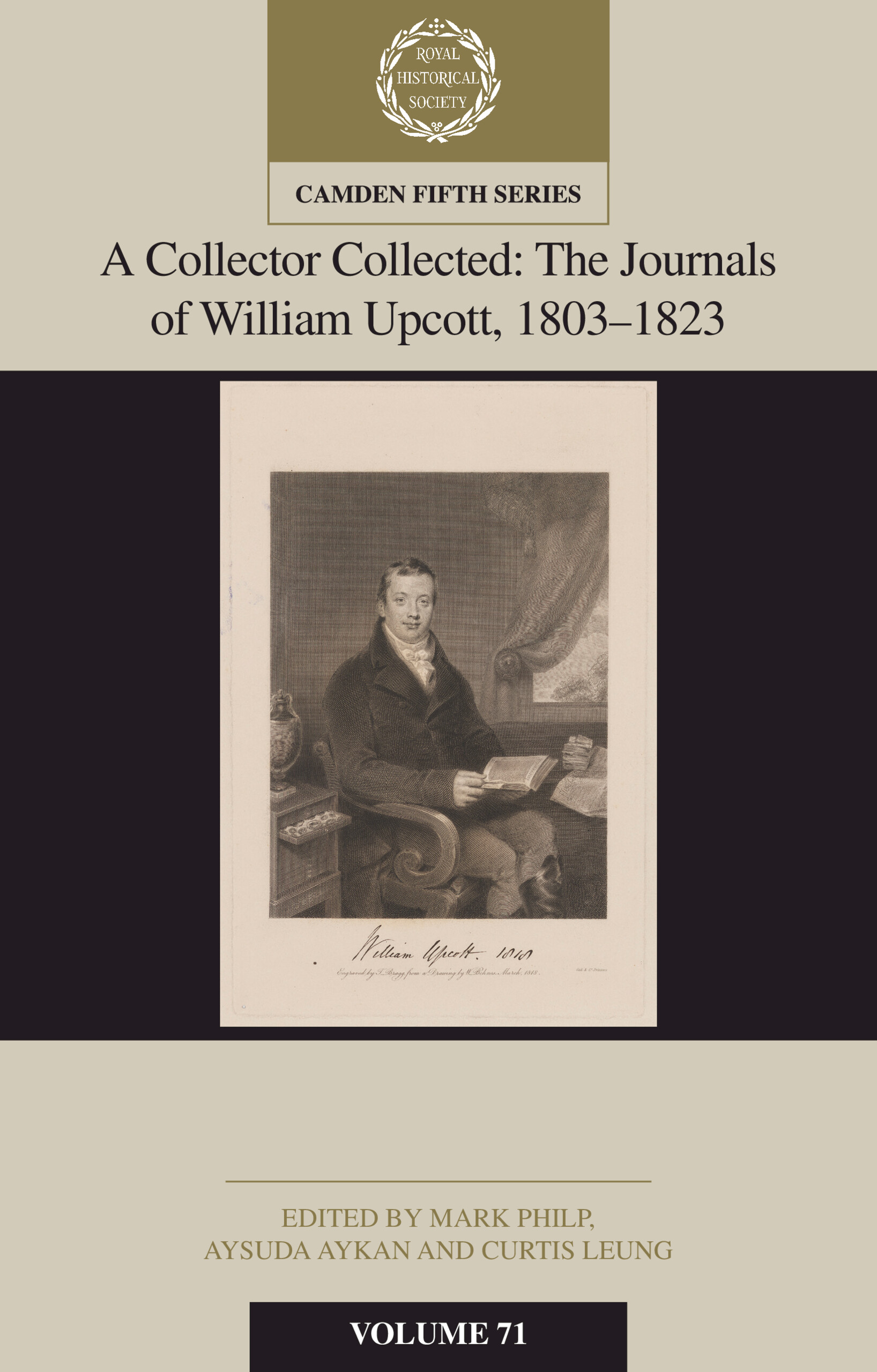September–December 1965: The fourth and concluding period of the Council
Paul VI made two surprising announcements during his opening speech at the fourth and concluding period of the Council: he would create a Synod of Bishops (but reaffirmed that their role was only an advisory one) and he would visit the United Nations during this period to proclaim the Council message of love, peace, and justice.
Dignitatis Humanae (Declaration on Religious Freedom)
The schema was approved by 90% of the bishops. It was a ground-breaking declaration as it advocated that the principle of religious liberty should be treated as a civil right and that governments should protect this right. It also acknowledged that the Church's previous stance on the issue might not have been just. It further declared that the right to religious freedom has its foundation in the very dignity of the human person, this dignity being known through the revealed Word of God and by reason itself.
The Council accepted the Decree on Revelation and the Decree on the Laity, the Pope signed all the remaining documents, and the final approval was accepted by the bishops. On 8 December 1965 the Council was declared concluded.


